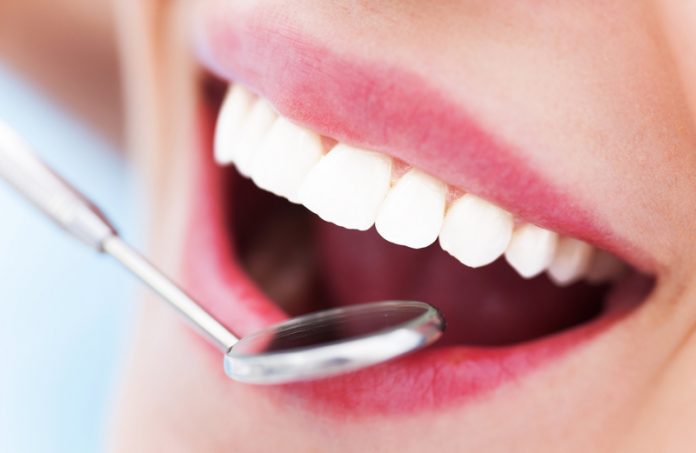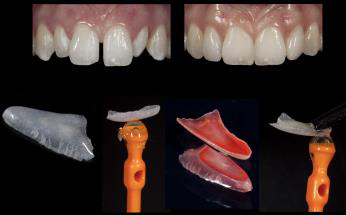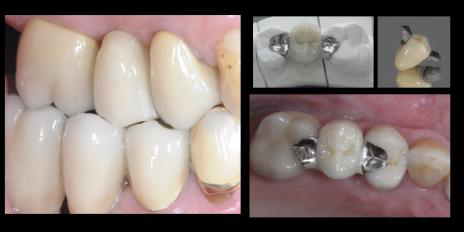Mutlu Özcan, Prof. Dr Dr h.c., PhD from the University of Zürich, highlights Reconstructive Dentistry through new biomaterials and technologies, including the associated changes and challenges
Particularly during the last few decades, innovations in biomaterials indicated for reconstruction materials, oral implants or regenerative bon or soft tissue substitutes, along with the implementation of new digital technologies, changed the conventional facet of the dental profession. While some of the needs for dental therapies and intervention approaches have changed over the generations, the advances in biomaterials and technologies still embrace some challenges.
Needs & advances
The current dental needs of society are multi-dimensional but fundamentally, increase in the lifetime of human beings, a constantly functioning aggressive oral environment, multimorbidity, changes in saliva flow, pH and, of course, the presence of biofilm and inflammation of the gums result in loss of dental tissues. Moreover, lifestyle changes, stress-related dental breakdown or caries may also yield to the need for restoration of the dentition.
In recent years, the profession has faced the emerging problem of dental erosion, a major cause of the loss of mineralized tooth structure as a result of extrinsic acid in an erosive diet or intrinsic aetiology, such as anorexia, bulimia nervosa or gastric reflux. From the technical perspective, Reconstructive Dentistry can offer faster, simpler and more reliable, biomimetic, minimally invasive and at the same time, affordable applications of the available materials. Current trends point in the direction of mass production utilising partially or fully computer-guided systems for tooth-, implant- or mucosa-borne applications for individualised solutions.
Although such trends may sound cutting edge, early detection of a dental problem and accurate diagnosis are essential. Dental and medical professionals should work on identifying the systemic diseases, genetic disorders, drug-associated effects, ageing, psychological and behavioural aspects and their consequences on teeth, oral tissues or craniofacial structures. Thus, there is certainly a greater need for integration of the dental profession in the medical disciplines as part of a new structure where joint efforts in dental diagnosis will then be followed by the implementation of therapy options. Personalised treatment options through correct material choice for the patient, undeniably requires this approach along with biological and medical comprehension.
Challenges in biomaterials science & technologies
Dental biomaterials and dental technologies are not only needed for manufacturing reconstructions, but also for the rudiments of operation instruments, machines, computers, robots, etc. Dental biomaterials are usually developed in the Research and Development departments of industry, but their performance is further investigated at unbiased university settings, primarily through fundamental biological, physico-chemical, mechanical functioning followed by testing their clinical or technical performance.
Clinical trials where a materials science background is not implemented and early versions of materials are applied, inevitably result in high mechanical and biological complications requiring reintervention and repeated costly reconstructions. For several decades now, much effort has been spent on improving metallic, ceramic and polymeric materials used in Reconstructive Dentistry but the major problems still faced include the ageing of materials, wear, discolouration, fractures, surface degradation or biocorrosion of ceramics, polymers and dental alloys presenting challenges that we still need to tackle within the field of dental biomaterials research. This applies also to implant materials. One of the most devastating current clinical challenges faced concerns the increasing incidence of peri-implantitis and consequences to the overall systemic health where pathology and genetic elements together with biocorrosion, play a significant role in the aetiology.
One vast breakthrough in dentistry concerns the advances in adhesion promoters and their implementation for minimally invasive applications. For many decades now, drilling procedures have been implemented to remove the dental hard tissues such as enamel and dentin to create room for subsequent reconstruction like crowns and bridges. The use of adhesive promoters decreased the indications for invasive applications and enabled a decrease in tooth extractions and tooth preparations to a great extent. Today, minimally invasive restorations made of resin-based composites, or ceramics can be bonded onto the available dental tissues which require no or little removal of the dental tissues (Figs. 1a-c). Principally adhesive dentistry narrowed the interface between Prosthodontics and Restorative Dentistry, which is the reason why in some countries, the restorative discipline is referred to as Restorative Dentistry. While minimally invasive applications still need long-term clinical follow-up reports, reinforcing or regenerating the dentin against acidic attacks of microorganisms or inhibition of the degradation process at the tooth-adhesive interfaces are current challenges.
Figs. 1a-c. Examples of clinical cases a) sectional veneers, b) resin-bonded metal-ceramic fixed dental prosthesis (FDP), c) zirconia resin-bonded FDP.
1. Monaco C, Cardelli P, Özcan M. Inlay-retained Zirconia Fixed Dental Prosthesis: Modified Designs for a Completely Adhesive Approach. J Canad Dent Assoc 2011;77:b86.
2. Gresnigt M, Özcan M. Esthetic Rehabilitation of Anterior Teeth with Porcelain Laminates and Sectional Veneers. J Canad Dent Assoc 2011;77:1-8.
In our current research, we are working on implementing more and more bioinspired materials. Likewise, mimicking the anisotropy of natural teeth and bone structure with biocompatible regenerative materials and their long-term clinical stability are essential. Yet, comprehensive cases are still treated in this field using dental biomaterials in part due to the limitations in public healthcare systems or healthcare politics, late recognition of the problems, and delayed dental visits due to economic reasons or dental anxiety.
Challenges in digital technologies
On the production side of Reconstructive Dentistry, computer-aided design and computer-aided manufacturing (CAD/CAM) systems will surely continue to be used and improved, but rapid prototyping processes based on additive technologies (3D printing) may overrule milling techniques in the near future. This processing path will only be effectively implemented in Reconstructive Dentistry with improved metallic, ceramic and polymeric materials. The digital workflows enable clinicians to combine all possible elements in the diagnosis and data collected during the diagnostic phase to obtain the “digital/virtual patient”. The field is very dynamic and is often led by manufacturers and currently not widely explored systems are available, while software programmes undergo continuous improvements. Digital workflow requires costly investments and in that context, one big challenge is the extremely quick pace of implementation of newly introduced digital tools because the lifetime of such digital devices and innovation are getting much shorter.
Challenges in biomechanics & biology
The long-term durability of tooth- and/or implant-borne reconstructions and removable appliances is crucial to avoid mechanical failures and thereby, costly retreatments. To examine the durability aspect of materials, clinical trials are considered the ultimate tests, but they cannot pinpoint the true reason for failure due to the simultaneous impact of factors on restorations or implants in the oral cavity. Thus, the implementation of simulation environments mimicking the oral environment, including both mechanical and biological parameters are of interest in our current research projects to avoid failures in many clinical trials and eliminate the worse performing materials from the well-performing ones. Especially considering the ageing population, expectations would increase for the long-term survival of dental rehabilitations which will require optimising the dimensions and intrinsic properties of biomaterials processed, using conventional or digital technologies.
Please note: This is a commercial profile














